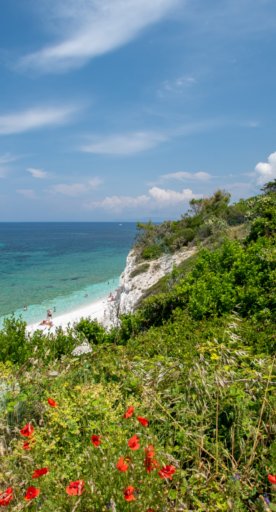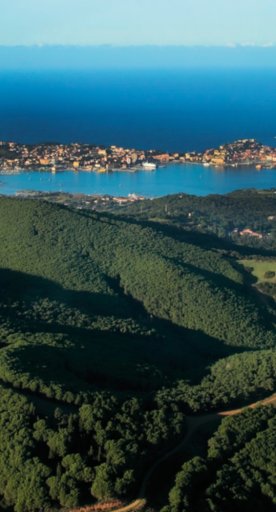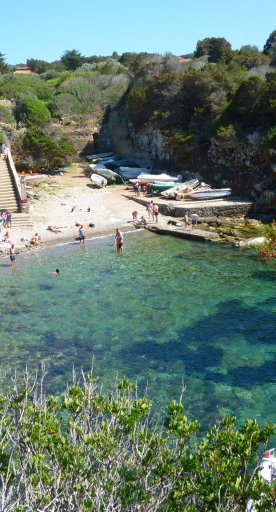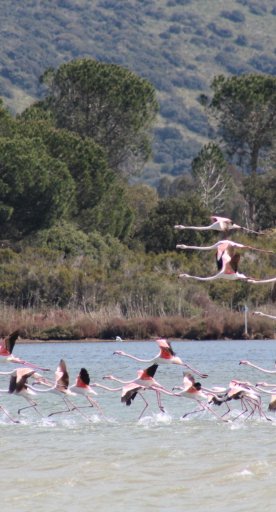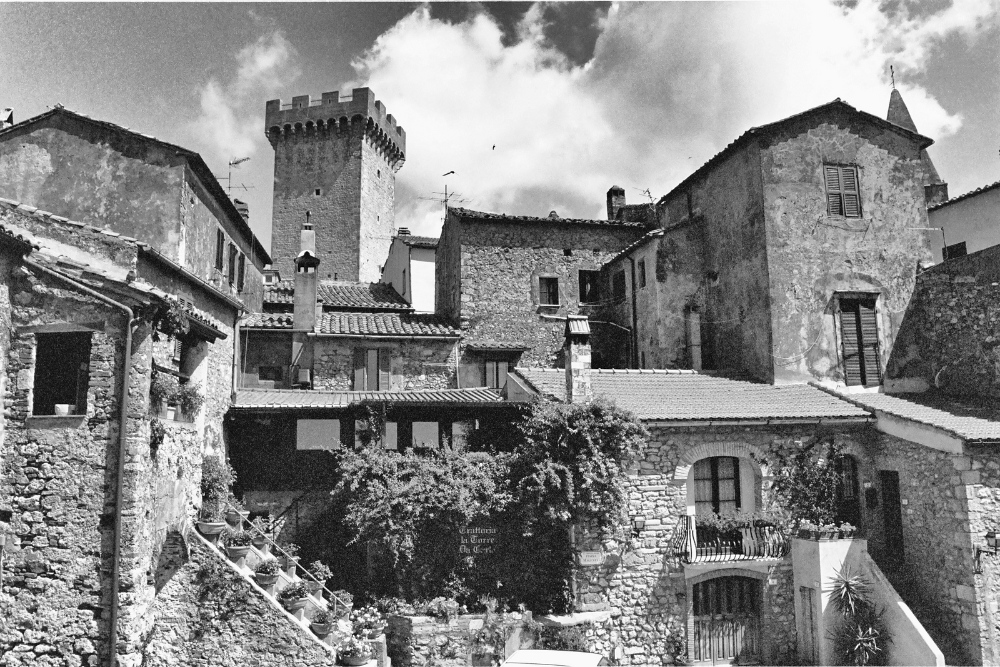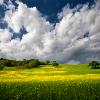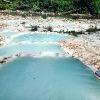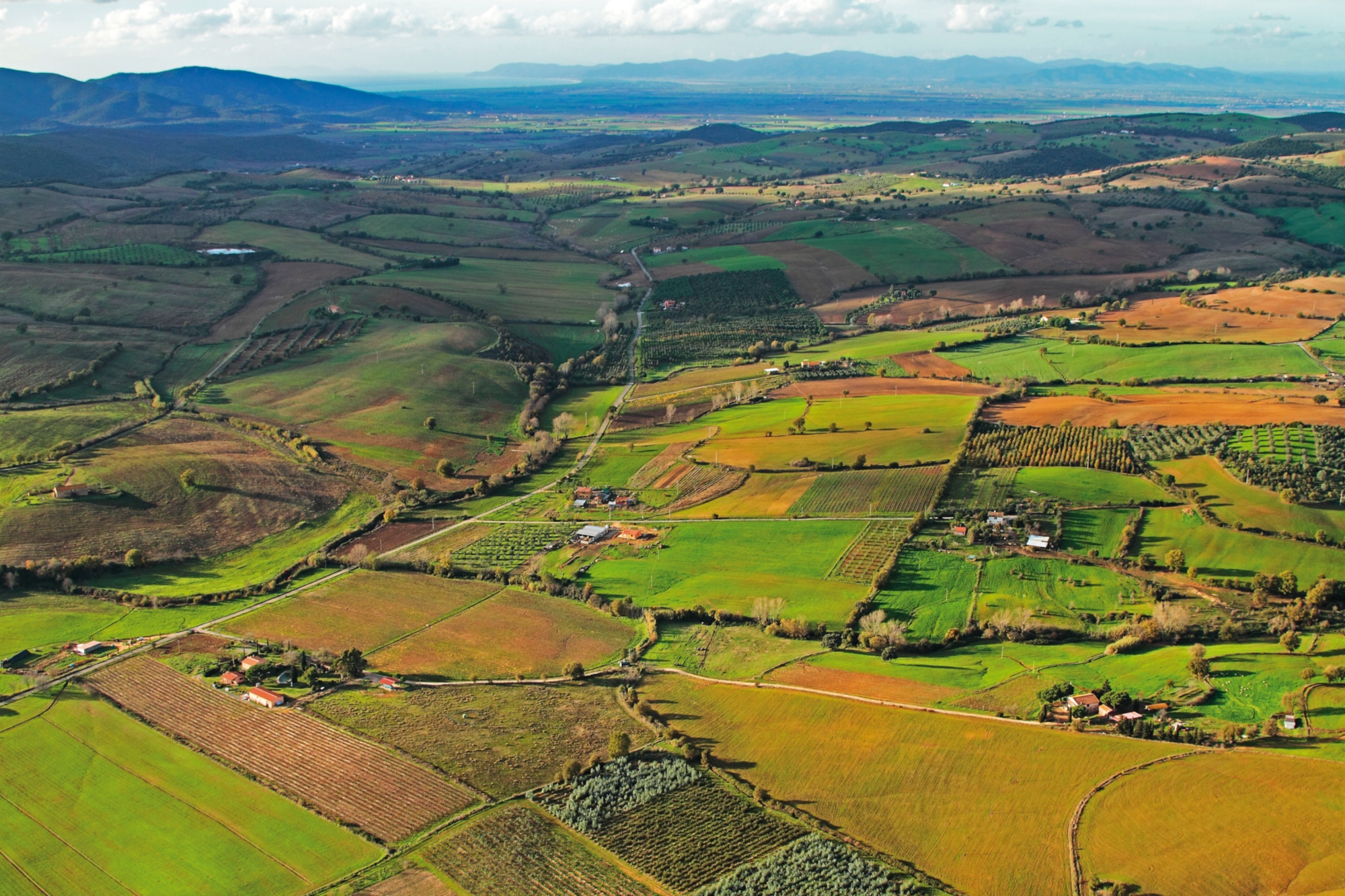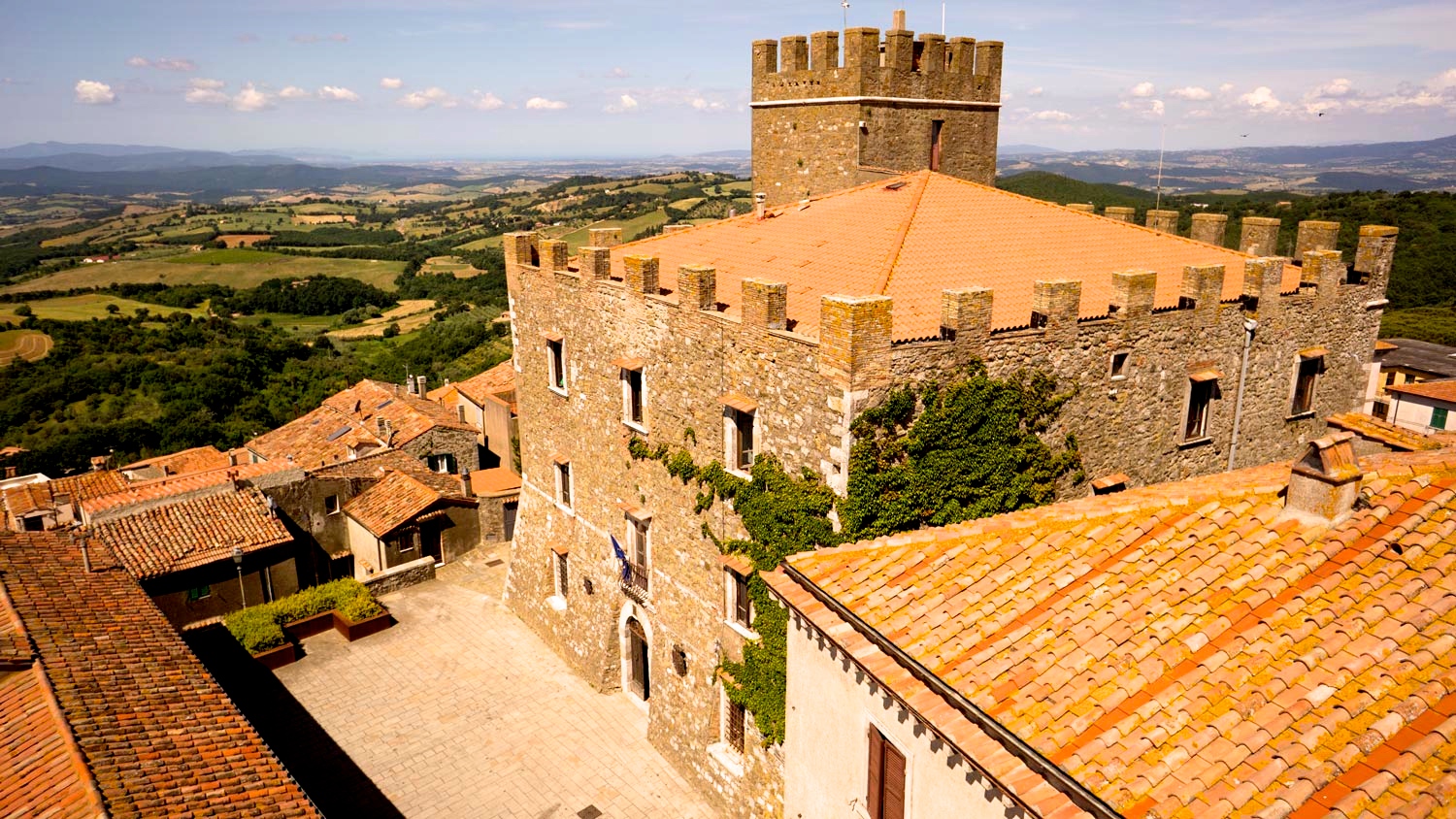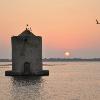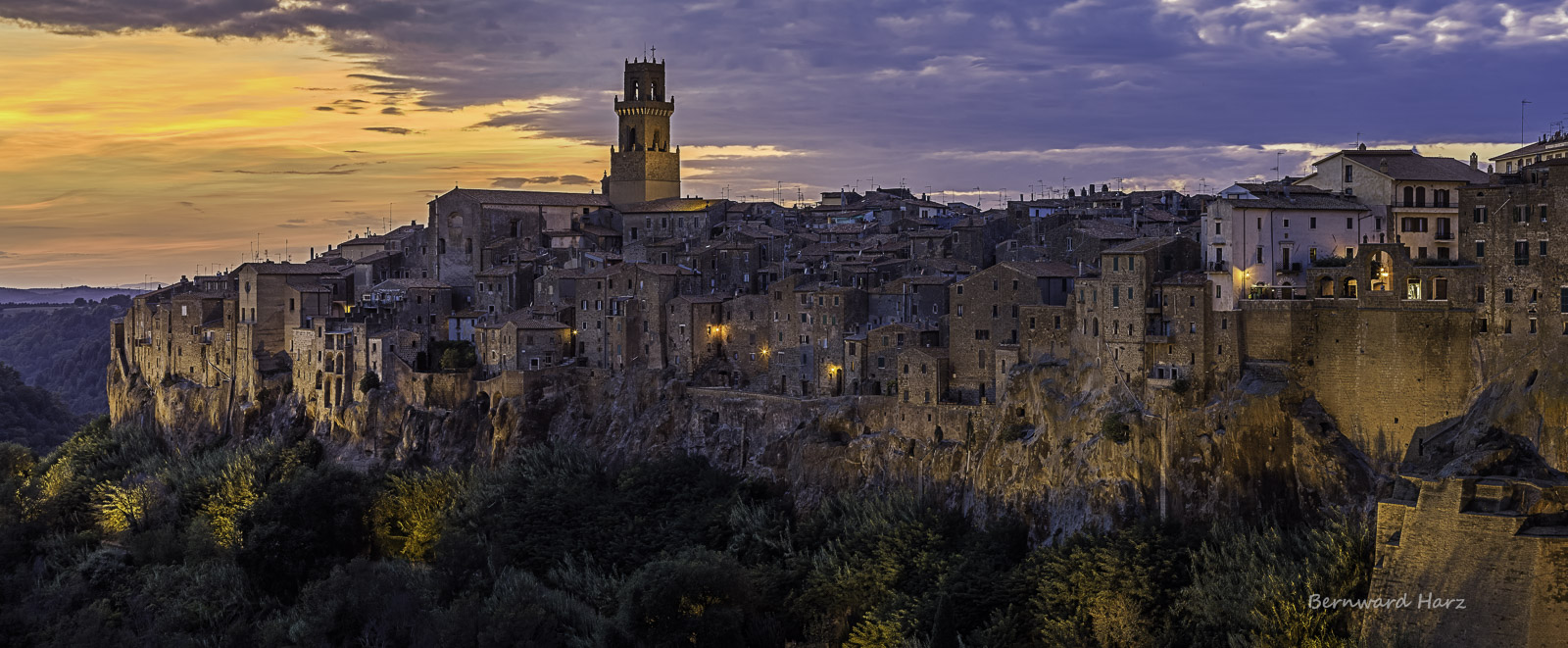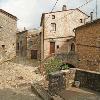Even if you can't explore its entire coastline, Giannutri is a real paradise for snorkellers and scuba divers, as its rich, biodiverse seabed frequently welcomes dolphins and fin whales.
The beauty of nature reigns supreme here, and those who love walking can savour the magical scenery from any of the various paths that head inland towards Monte Mario and Poggio Capel Rosso. The island is swathed in nature at its most dense and unspoiled, and human habitation is limited to the handful of houses that look over Cala dello Spalmatoio and the few other dwellings buried in the Mediterranean shrub. Public accommodation operates only in the summer months, when a few bars and shops are open.
Near Cala Maestra you find the impressive remains of a Roman villa from the second century AD. It was built by the Domitii Enobarbi, an ancient noble family with an important merchant business. Gnaeus Domitius was husband of Agrippina, mother of the Emperor Nero.



